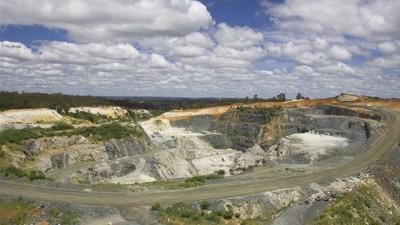Hailed as the “future metal” and “the new petroleum”, lithium has become one of the most popular minerals in recent times. The major driving factor for its popularity is its use in the manufacture of batteries where it’s a major component.
Although lithium batteries have been around for a while now, we haven’t seen lithium prices go up like they have recently. In the past two years, short-term lithium prices have gone up fourfold. The main reason for this is American vehicle maker Tesla’s success with electric vehicles.
How Tesla is influencing mineral prices
Since vehicles require significantly bigger batteries than smaller consumer electronics such as mobile phones, Tesla’s success has been key to driving demand for lithium. Their latest push to produce an electric car for the masses, the Model 3, has only served to drive the prices higher.
A recent report by Morgan Stanley predicted that fully electric vehicles could constitute 16% of the global market by 2030. This has sparked a boom in copper, aluminium, graphite, copper and lithium – all important components for manufacturing electric vehicles.
Other energy storage uses that are driving demand for lithium include consumer electronics, energy storage for grid efficiency and residential and commercial solar
Lithium and the economy
With the world’s largest lithium mine located in Greenbushes WA, the region stands to gain a lot economically from the current lithium boom. Lithium Australia (a company involved in lithium mining) has already started preparing for the impending boom by doubling its acreage of lithium exploration land in the province. (Source: http://finfeed.com/mining/lit/lit-gains-ground-around-worlds-biggest-lithium-mine/20160706/)
The new boom could help Western Australia’s economy rebound after a few sluggish years.






